GERHARD RICHTER – PANORAMA – CENTRE POMPIDOU – PARIS
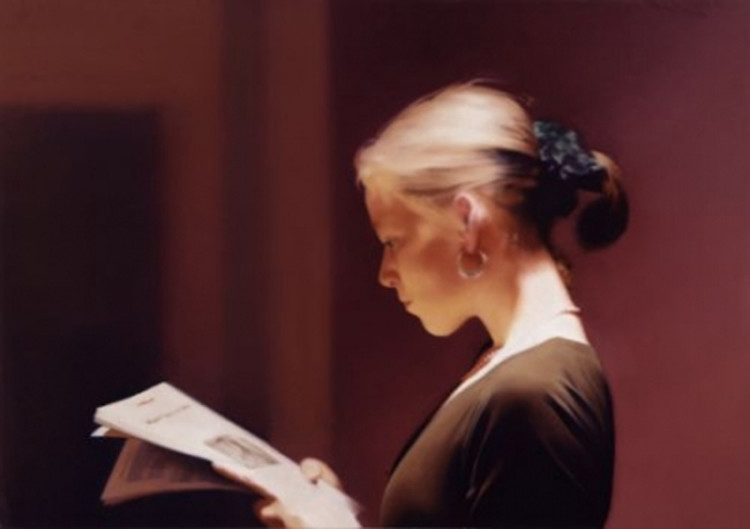
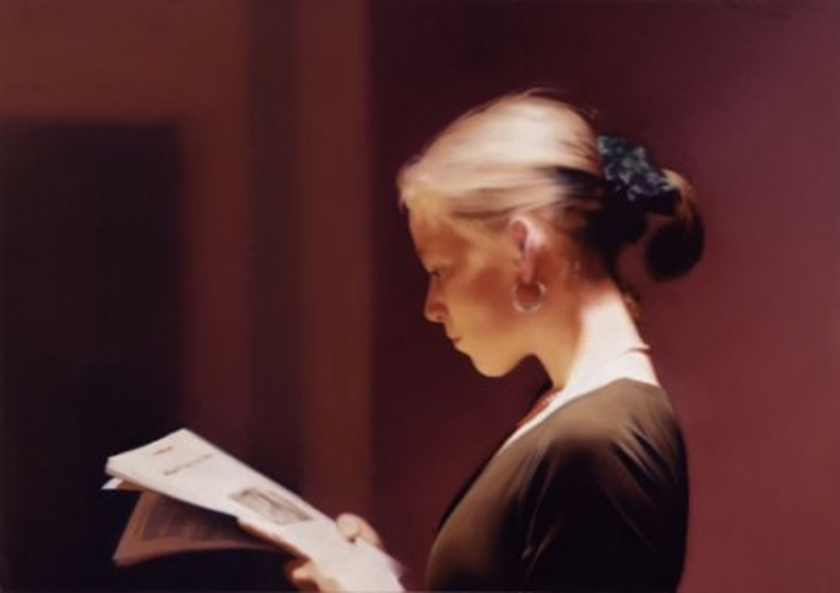
Gerhard Richter – View
A retrospective exhibition
Centre Pompidou – Paris
June 6 – September 24
www.centrepompidou.fr
Text by Vittoria Biasi – English by esserre
The Centre Pompidou through the exhibition of Gerhard Richter-View, celebrates the 80th anniversary of German artist (1932), as an appreciation for his intellectual and pictorial importance in contemporary landscape. The show is the result of a collaboration among Tate of London, the Nationalgalerie Statliche Museen zu Berlin and the Centre Pompidou to get an overview of the whole work of the artist.
Richter is a figure truly well structured for the historic period and for the connection between the communist Germany and its pictorial conception. The encounter with Konrad Lueg, well known as Konrad Fischer, with their performance at Dusseldorf, is the origin of the new international orientation of avant-garde movements towards a mass culture which is superimposed and inserted in the research on abstraction in the USA, France and Great Britain.
The history of reconstruction and contradictions evidenced by Baselitz iconography, careful observer of pathways and socio-cultural determinations, is the background from which the art of Gerhard Richter distances itself, participating with other artists to process the “concealing of historic mourning”.
The retrospective allows to follow the different phases of the articulate and consistent painting pathway. The exhibition is open by sixties, paintings in which the artist reveals his image accuracy, as a result of a photographic working- out transferred on canvas first and after that painted. When the paint is still fresh the artist disperses it by some strokes of a paintbrush in order to ease the image and allay the lines. The image seems to fluctuate, immersed in a fog that removes load and connection to the earth, as the large nude of Ema (Nu sur un escalier 1966) who is walking down the stairs like an angel does from sky, with an ironic allusion to Duchamp, whose assertions about the end of paintings Richter does not share. After the period of picture-paintings, as per his own definition, realized during the 60s, Richter confronts the possible languages of abstraction through the work Sans Titre in 1968 and followed by monochromies that originate from grey (Gris, 1973) to realize some coloured grids (1024 colours, 1973) where the case plays an important role. Richter uses rollers, paintbrushes, brushes, fingers like children, to paint the grey works, achieving different options of light. The artist prefers the grey because of its neutral and indeterminate colour sense, he experiments with sheets too. The pathway ends with the canvas Abstract Painting, 2009 that by chromatic veils achieves white effect.
The exhibition provides with evidence the particular inside view about the seventies during which his language changes in style as a reflection on the socio-cultural tensions of those years. On display it will be possible to admire Detail (Rouge et Bleu) in 1970 and Rouge – Bleu – Jaune in 1973, where the colour lives an emotional and meaningful pathway on canvas, free, different from that in Glenn in 1983 and in opposition to the chromatic composition of the work Betty in 1977 or Fleurs in same year or that of Betty in 1988.
A particular pathway of the exhibition is represented by the works made during 80s, where large canvases are carefully painted by paintbrush and airbrush, through a manufacturing process lasting months with a particular mind to the violent history of the radical political movement in Germany during the 70s. The section dedicated to the works from 90s up to now a day proposes a declension of classic order which pages abstraction and figuration. Both types are united, are similar because of the artist has been able to create the right connection with the oil painting that praises in the pleasantness of his relaxation.
His abstract works like Foret in 1990 are the overlapping result of chromatic bands spread till the final colour underneath is discovered. Every thing seems to suit a precise order, to build an aligned galaxy of chromatic shadings which hint at a plastic worth of painting. The wish of an order or of an aesthetic precision is more evident in his portraits. La petite bagneuse in 1994 recalls the canvas Ingres and the Lectrice is a tribute to Vermeer. In the small portraits of his third wife Sabine that nurses, Richter refines the work of colour spreading and the bright chromatism envelopes the image creating the sense of sacredness, of mystery, of interiority of figure perhaps even with the wish to underline the internationality of paintings and the connection with other contemporary and historical expressiveness.
The large canvases, the luminous flow on surfaces, the almost reluctance of images build an extraordinary scenario in which the colour lives tone assonances and chromatic illusions.
Vittoria Biasi
Position the cursor on the images to view captions, click on images to enlarge them.
Posizionare il cursore sulle immagini per leggere le didascalie; cliccare sulle immagini per ingrandirle.
![© Gerhard Richter, 2012, Ema (Nu sur un escalier) [Ema (Akt auf einer Treppe)] 1966 Huile sur toile 200 × 130 cm Cologne, Museum Ludwig/ Legs Ludwig © Gerhard Richter, 2012, Ema (Nu sur un escalier) [Ema (Akt auf einer Treppe)] 1966 Huile sur toile 200 × 130 cm Cologne, Museum Ludwig/ Legs Ludwig](https://www.1fmediaproject.net/new/wp-content/uploads/2012/06/Gerhard-Richter-Ema-Nude-Descending-a-Staircase.jpg)
Una retrospettiva
6 giugno -24 settembre
Centre Pompidou – Paris
www.centrepompidou.fr
Testo di Vittoria Biasi
Con la mostra Gerhard Richter – Panorama il Centre Pompidou celebra l’ottantesimo anniversario dell’artista tedesco (1932), come riconoscimento del suo valore pittorico e intellettuale nel panorama contemporaneo. L’esposizione è il risultato di una collaborazione tra la Tate Modern di Londra, la Nationalgalery Staatliche Museum di Berlino e il Centre Pompidou di Parigi per attraversare tutto il lavoro dell’artista.
La figura di Richiter è in realtà molto strutturata per il periodo storico e per la relazione tra una Germania comunista e la sua concezione pittorica. L’incontro nel 1961 con Konrad Lueg, noto con il nome di Konrad Fischer, e la loro performance di Dusseldorf, è all’origine del nuovo orientamento internazionale delle avanguardie verso una cultura di massa che si sovrappone e si inserisce sulla ricerca dell’astrazione negli Stati Uniti, in Francia, in Gran Bretagna.
La storia della ricostruzione e delle contraddizioni testimoniata dall’iconografia di Baselitz, osservatore attento dei percorsi e delle “determinazioni” socio-culturali è lo sfondo da cui l’arte di Gerhard Richter prende le distanze, partecipando con altri artisti al procedimento di “occultazione del lutto storico”.
La retrospettiva consente di seguire le differenti fasi del percorso articolato e coerente a livello pittorico. La mostra si apre con le opere pittoriche degli anni ’60, in cui l’artista rivela la fedeltà all’immagine, risultato di un’elaborazione fotografica riportata su tela e poi dipinta. Quando la pittura è ancora fresca l’artista la disperde con un pennello secondo linee che alleggeriscono l’immagine e ne dissipano i confini. L’immagine appare fluttuante, immersa in una nebbia che toglie peso e rapporto con la terrestrità, come il grande nudo di Ema (Nu sur un escalier 1966) che scende le scale come un angelo dal cielo, nell’allusione ironica a Duchamp, di cui Richter non condivide alcune asserzioni sulla fine della pittura. Dopo il periodo delle foto–pitture, come lui stesso le definisce, realizzate negli anni ’60, Richter si confronta con i possibili linguaggi dell’astrazione con l’opera Sans Titre del 1968 a cui seguono monocromie che partono dal grigio (Gris 1973) per realizzare delle griglie colorate (1024 colori, 1973) in cui il caso gioca un ruolo importante. Per dipingere le opere grigie Richter utilizza rulli, pennelli, spazzole, dita come i bambini ottenendo diverse possibilità di luce. L’artista predilige il grigio per il senso neutro e indeterminato del colore, che sperimenta anche su lastre di vetro. Il percorso si conclude con la tela del 2009 (Abstract Painting) dipinta per velature cromatiche che raggiungono l’effetto bianco.
L’esposizione documenta il particolare spaccato sugli anni ’70 in cui il suo linguaggio muta stile come un momento di riflessione sulle tensioni socioculturali di quegli anni. In mostra si potrà vedere Detail (Rouge et Bleu) del 1970 e Rouge- Bleu- Jaune del 1973, dove il colore vive sulla tela un percorso emozionale intenso, libero, diverso da quello in Glenn del 1983 in opposizione alla composizione cromatica dell’opera Betty del 1977 o di Fleurs dello stesso anno o di Betty del 1988.
Un passaggio particolare della mostra è costituta dalle opere degli anni ’80, costituita da grandi tele dipinte accuratamente con tra aerografo e pennello, con un processo di lavorazione che dura mesi e una particolare attenzione alla storia violenta dei movimenti politici radicali nella Germania degli anni ‘70. La sezione dedicata alle opere dagli anni ’90 ad oggi propone una declinazione dell’ordine classico che impagina astrazione e figurazione. I due generi sono uniti, sono vicini per il rapporto che l’artista instaura con la pittura ad olio, che celebra nella piacevolezza della sua distensione.
Le opere astratte come Foret del 1990 sono il risultato di sovrapposizione di bande cromatiche distese fino alla rivelazione finale del colore sottostante. Tutto sembra rispondere ad un ordine preciso, alla costruzione di una costellazione allineata di sfumature cromatiche che alludono ad un valore plastico della pittura. Nei ritratti il desiderio di un ordine o di una precisione estetica diviene più evidente. La petite bagneuse del 1994 rievoca la tela d’Ingres e la Lectrice è un omaggio a Vermeer. Nei piccoli ritratti della terza moglie Sabine che allatta, Richter raffina l’opera di distensione del colore e i chiari cromatismi avvolgono l’immagine creando il senso della sacralità, del mistero, dell’interiorità della figura forse anche con il desiderio di sottolineare l’internazionalità della pratica pittorica e la relazione con le altre espressività contemporanee e storiche.
Le grandi tele, lo scorrere luminoso sulle superfici, la ritrosia quasi delle immagini costruiscono uno scenario straordinario in cui il colore vive assonanze tonali e illusioni cromatiche.
Vittoria Biasi
Position the cursor on the images to view captions, click on images to enlarge them.
Posizionare il cursore sulle immagini per leggere le didascalie; cliccare sulle immagini per ingrandirle.

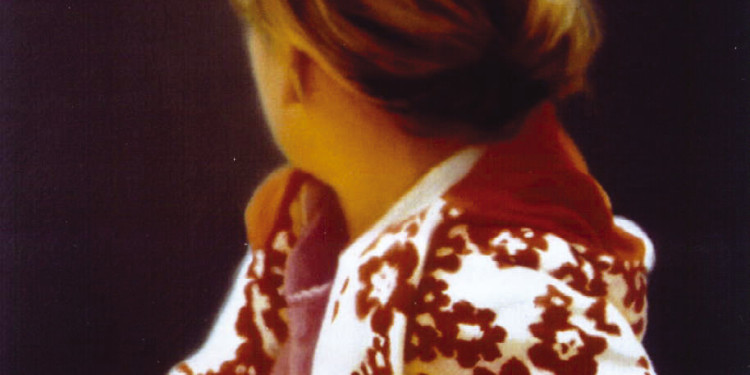
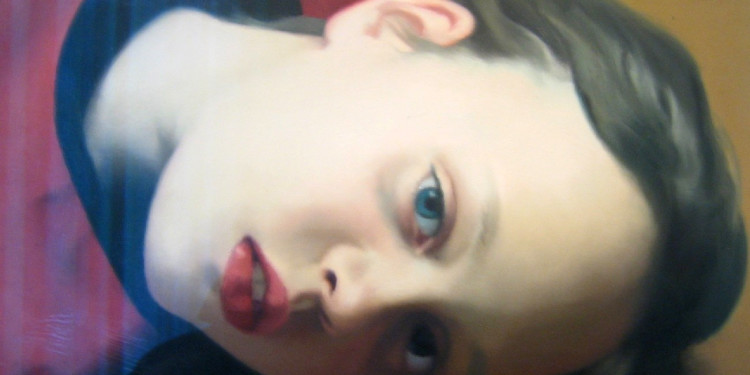
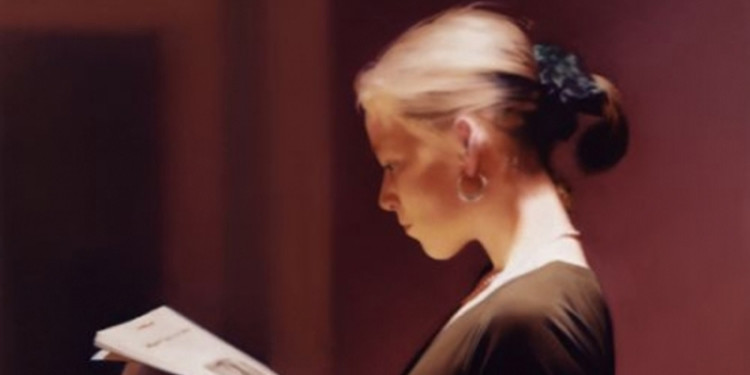
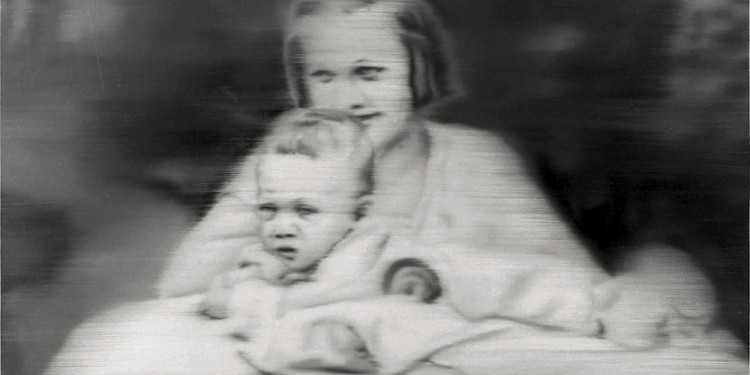
![© Gerhard Richter, 2012, Lis [Lilien] 2000 Huile sur toile 68 × 80 cm Ottawa, National Gallery of Canada. Acquis en 2002](https://www.1fmediaproject.net/new/wp-content/uploads/2012/06/Gehrard-Richter1-750x375.jpg)
![© Gerhard Richter, 2012, Ema (Nu sur un escalier) [Ema (Akt auf einer Treppe)] 1966 Huile sur toile 200 × 130 cm Cologne, Museum Ludwig/ Legs Ludwig](https://www.1fmediaproject.net/new/wp-content/uploads/2012/06/Gerhard-Richter-Ema-Nude-Descending-a-Staircase-750x375.jpg)
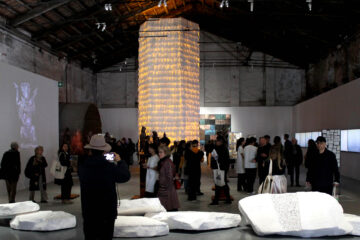
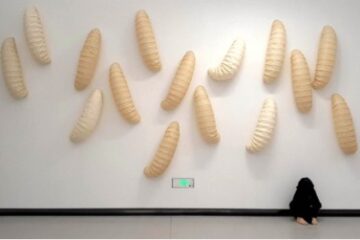
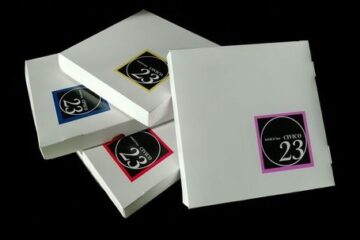
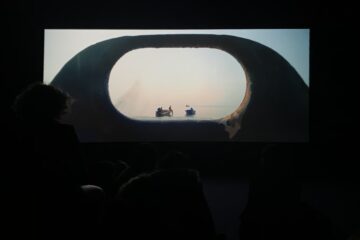

No Comment